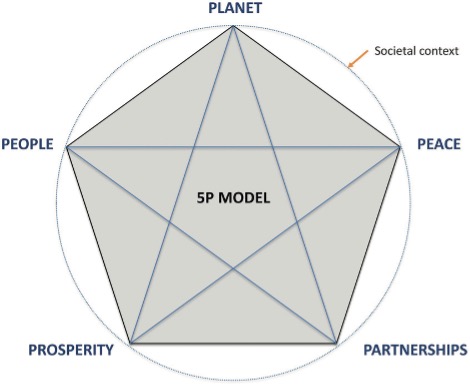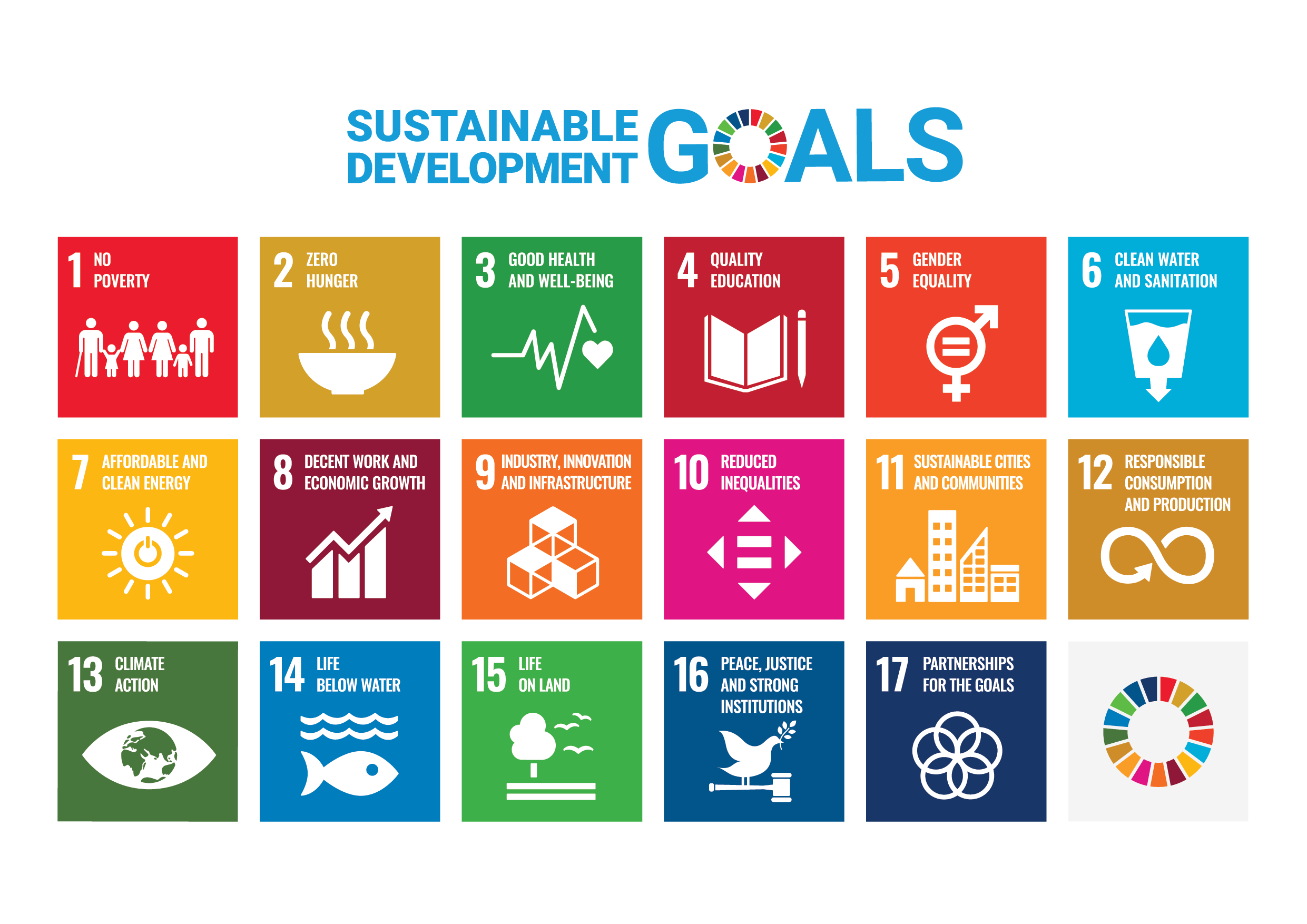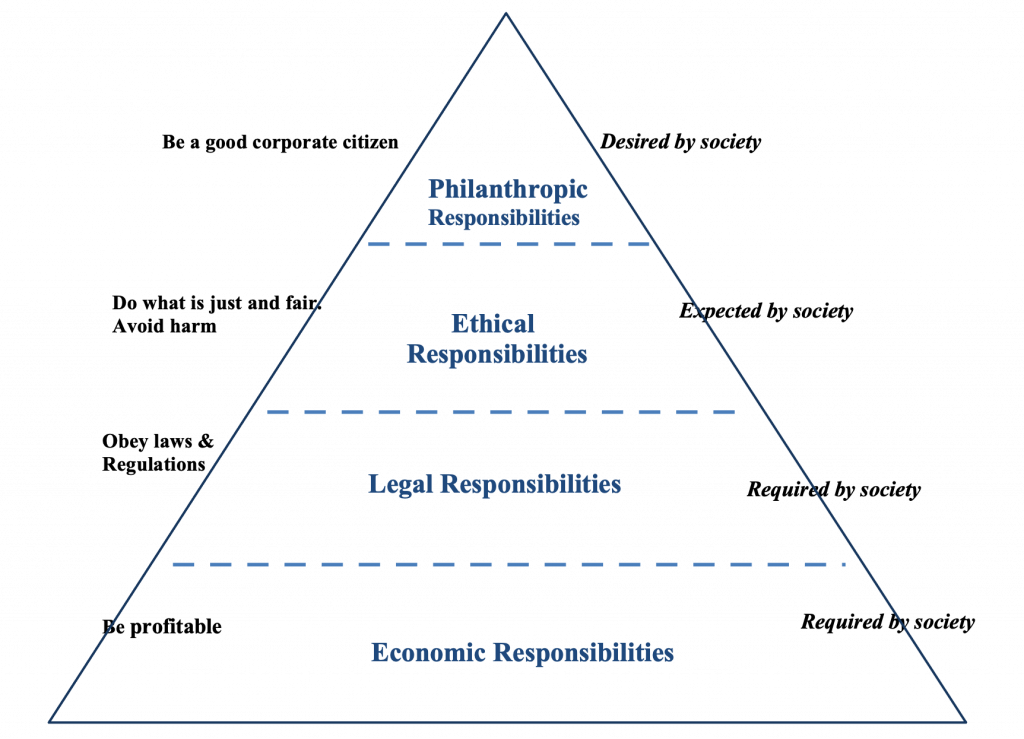Chapter 2 – Why now?
The business of business should not be about money. It should be about responsibility. It should be about public good, not private greed. (Anita Roddick)
Learning Objectives
In this chapter you will accomplish the following learning objectives:
- you will understand the role of responsible management (RM) in society
- you will be able to integrate the current view of RM within the greater goals of the United Nations and different perspecties of societal groups
Example: The Opportunity for Indigenous Community Forestry in Manitoba, Canada
Source: https://cases.open.ubc.ca/the-opportunity-for-indigenous-community-forestry-in-manitoba-canada/
This conservation resource was created by Mark Buglioni and Tyler Doucet.
It is shared under a CC-BY 4.0 International License.
Why is there a concern for Responsible Management (RM) now more than ever? The example that you just finished reading discusses a relevant concern in Canada that First Nations peoples have with the environment and the opportunities that are presented to them. First Nations are faced with the challenge of interacting as organizations with other stakeholders represented by capitalism for everyone’s mutual benefit in the context of sustaining ecology. The indigenous communities in this example make their decisions as groups of individuals with distinct needs but respect for their environment and their society.
Starting from an existential perspective, people tend to organize into societies and these societies are pluralistic groups – decentralized and diversified for mutual support and growth (1). Throughout history, these societies have tended to organize into protective clans composed of insiders – and in the course of modern history, these clans as they developed expanded their sphere of influence to colonize other clans. This type of discussion leads to a domination of one mindset or perspective over other mindsets – often described as a colonization perspective (2). On a purely emotional viewpoint, the term colonization used in today’s context is a pejorative and implies a coercive affect of the colonizers over existing or indigenous mindsets. In many ways, this is true and has led to the dominance of Western business concepts and traditions into the ways of doing previously dominated by North American indigenous groups (3), by African indigenous groups pre-colonizing, by South Asian indigenous cultures, etc.
Consider that businesses as discussed in the earlier chapter and described by Chandler (4) are given a societal licence to operate and through the influence of globalized communications including social media and the domination of capital by Western influences, there is a convergence of organizational development tied to businesses (whether they are for-profit or not).
Therefore a discussion that discusses the responsible management of organizations such as businesses will often be dominated by the malfeasance of a colonizer’s viewpoint or from the perspective of the dominant capitalistic viewpoint (Desmarais and Whitmann describe this in their discussion of food sovereignty among indigenous people in Canada (5)). For example historical descriptions of the emergence of concerns about CSR tend to be focused on the development of businesses in Western society (see example of timeline shown by Chandler (6)) and the concerns by stakeholders about the sustainability and social responsibility of these actors. Since the age of globalization, the ethnographic perspective is seen as the dominant discussion not only at the boardroom level but in the academic discussions relating to CSR and sustainability.
On a pragmatic level, an increased focus on social responsibility in the dominant forms of business would make the greatest impact but it is also important to consider the cultural level impact of glocalization (localizing global business practices). The South African concept of ‘ubuntu’ (7), the Hindu concepts of ‘dana’ (8), the Islamic concepts of giving as part of ‘zakat’ (9) are used at the local level but not yet seen as impactful on a global basis by the Western-dominated academic literature except through the reputation of such authors as Prahalad who promoted economic growth at the base of the economic pyramid. Other leading practitioner academics like Mohammed Yunnus also actively participated through the founding and promotion of the Grameen Bank for microfinancing (10) which eventually led to the creation of the Grameen Foundation (https://grameenfoundation.org/).
Globalization, however, does not just promote a colonial viewpoint but through the lens of democratization, resulted in an institution that represents all of the nations in the world, the United Nations (UN). The UN promotes a universal perspective beyond just the international declaration of human rights but one that is more directly linked to sustainable development (in the context of its initial development out of the Brundtland report of 1987) (11). This promotion of global sustainability was embodied initially through the adoption of the Millenium Goals at the turn of the twenty-first century but then adopted by all 193 nation states in 2015 as an Agenda with a target completion date of 2030 and better known as the UN Sustainable Development Goals (12). These UN SDGs are composed of 17 goals, 169 targets, and upwards of more than 232 indicators that encompass SMART objectives to accomplishing and addressing what has traditionally been known as the triple bottom line of planet, people, and profit (Elkington) (13) which was expanded to a 5P framework that included peace and partnership (see Figure 1) (14).

The SDGs themselves are a supra-national framework of objectives – essentially a North star that are monitored at the national level but not enforced through regulations or standards. Instead, the objectives are designed so that nations could formulate policies that would address the SDGs most applicable to themselves, create agencies or suggest voluntary standards that would engage the participation of organizations at every level (14). See Figure 2 for a graphical description of all 17 UN SDGs.

In this way, the colonizing perspective is diluted through the nation-state regulation of activities relating to satisfying SDGs that reinforce the sustainable development of the world. Responsibilities are devolved to different institutional levels to address the SDGs in a way where stakeholders can hold the organizations to account. For example, businesses are encouraged to address the SDGs to achieve societal legitimacy and through their own monitoring and reporting using tools and accountability standards and metrics, most recently described as environmental, social and governance (ESG) metrics, they can report on their ability to achieve what society wants. More will be discussed about this later in this textbook.
On a parallel stream, the United Nations in the early part of the twenty-first century, after a 1999 World Economic Forum conference in Davos, Switzerland, coordinated a voluntary global agreement based on shared values and global commitments made by governments such as the UN Universal Declaration of Human Rights, the Rio Declaration on Environment and Development, the International Labor Organization’s Fundamental Principles and Rights at work and the 2003 UN Convention Against Corruption. The ten principles, the Global Compact, are aligned along the dimensions of human rights, labour, the environment, and anti-corruption (see Figure 3) and can be accessed by linking to https://www.unglobalcompact.org/what-is-gc/mission/principles. Over twenty thousand organizations – for profit firms, not for profit private and public sector organizations have signed up to these principles and meet regionally to discuss strategies to achieve the Global Compact principles and address the UN SDGs.

So a discussion of ‘Why now?” needs to be grounded on individual level, organizational level and societal level considerations. At the fundamental individual level, there is a sense of morality that evolves from shared responsibilities between individuals and the context in which they function. Similarly, organizations if considered an aggregate of individuals also have a moral responsibility to maintain social legitimacy in their societal context. Morality is difficult to define but query a group of undergraduate students as to the rightness of an action and they will often refer back to their upbringing based on religion, society, and norms to explain their decision. In the age of increasing social media, is there a shared morality between individuals and to extend it to organizations, is there a shared morality that organizations try to maintain?
Why now, also refers to the increased concern with applying ethical principles; virtue ethics, consequential ethics (the end justifies the means), and categorical ethics (the means determines the ethics of an action). An ethical argument for applying responsible management relates to how the organization as a proxy for the individuals that compose that organization is behaving. Is it ethical for a baby formula company to select where to ship or ration its shipment of product on a global basis. What about the NGO who receives the baby formula – how should they prioritize its distribution? Understanding the ethical implications and guidelines driving the action-making of individuals in their RM of organizations is important as the world is increasingly aware of actions that happen in geographically distant locations.
Why now, finally also refers to an economic rational for organizations and individuals to participate in responsible management and show this through their CSR and activities. In the process of interacting with society for economic or other reasons, organizations need to conform to legal constraints, perform in a manner that stakeholders and shareholders approve, and solicit the support of their constituencies to not only continue operating but if driven by economic necessities, be able to perform and succeed.
Among the early proponents of CSR, Archie Carroll described a model that links the economic, legal, ethical and philanthropic responsibilities of businesses as necessary ingredients to the survival of the firm. The model is described as a hierarchical model and shown in Figure 4 but Carroll is careful to explain that this does not exclude the possibility that the levels of the hierarchy are highly interactive with each other (15). On revisiting this model, many years after its initial release, Carroll discussed it continued applicability to today’s environment.

Finally, the context of Canadian society is an important one in the “why now” discussion. Canadian society, although rooted in colonialism, evolved a compromising way of dealing with conflicting viewpoints. In the earlier pre-confederation days, this was evidenced by the relatively peaceful negotiation between English and French settlers, and through the linking of the country with a transportation rail network, the negotiation among regional and federal governments. Only lately, through the Truth and Reconciliation Commission and the recognition of historical biases, has the First Nations, Inuit, and Metis perspective become a part of the context of mutual accomodations among people in Canada. This reconciliation effort is happening in the midst of multiculturalism, the move from rural to urban population centres and increasing power of middle class demographics. The different perspectives and viewpoints that are recognized in Canada allows proponents of responsible management to take a unique global yet local viewpoint of various issues that are currently impacting our society.
Key Takeaways
Your key takeaways may be that:
- that a concern for responsible management through sustainability and CSR are found at the local and the global level;
- that achieving consensus and mutual accomodation in the face of conflicting or complementary goals is not easy.
If you are interested in reading about the Ten Principles in the context of management education, Haertle et al. (2017) provide a very readable perspective:
Reflective Questions
Take some time to reflect on how you would answer the following questions:
- If the SDGs are not enforced through regulations or standards, where (who) does the accountability lie (with) for the progress of the 17 Sustainable Development Goals?
- How does the open-ended nature of the SDGs promote synergies among individuals or organizations (or the North star effect)?
- Who are the different types of stakeholders that can have a voice and potentially hold organizations to account for progress (or not) towards the SDGs?
- How could ESG metrics be used for ‘greenwashing’ by organizations?
- Why is incorporating a perspective that considers colonial and indigenous viewpoints important when discussing responsible management (RM)?
- After reading chapters 1 & 2, why is the concept (and implementation and innovation) of RM a concern now more than ever?
References used in the text – you are encouraged to consult these references through your institutional library services or through the internet
(1) Karakowsky, L., Carroll, A. B., & Buchholtz, A. K. (2005). Business and society : ethics and stakeholder management (1st Canadian ed.). Thomson Nelson.
(2) Tomiak, J. (2017). Contesting the Settler City: Indigenous Self‐Determination, New Urban Reserves, and the Neoliberalization of Colonialism. Antipode, 49(4), 928–945. https://doi.org/10.1111/anti.12308
(3) Neu, D. (2000). Accounting and accountability relations: colonization, genocide and Canada’s first nations. Accounting, Auditing & Accountability Journal, 13(3), 268–288.
(4) Chandler, D. (2020). Strategic Corporate Social Responsibility: Sustainable Value Creation (5th Edition). SAGE.
(5) Desmarais, A. A., & Wittman, H. (2014). Farmers, foodies and First Nations: getting to food sovereignty in Canada. Journal of Peasant Studies, 41(6), 1153–1173. https://doi.org/10.1080/03066150.2013.876623
(6) Chandler, D. (2020). Strategic Corporate Social Responsibility: Sustainable Value Creation (5th Edition). SAGE.
(7) Everatt, D., Habib, A., Maharaj, B., & Nyar, A. (2005). Patterns of Giving in South Africa. VOLUNTAS: International Journal of Voluntary and Nonprofit Organizations, 16(2), 275–291. https://doi.org/10.1007/s11266-005-7725-z
(8) Brekke, T. (1998). Contradiction and the Merit of Giving in Indian Religions. Numen, 45(3), 287–320. http://www.jstor.org/stable/3270424
(9) Kochuyt, T. (2009). God, Gifts and Poor People: On Charity in Islam. Social Compass, 56(1), 98–116. https://doi.org/10.1177/0037768608100345
(10) Yunus, M. (2005). Microcredit changes lives. Appropriate Technology, 32(1), 6-8.
(11) Brundtland, G., Khalid, M., Agnelli, S., Al-Athel, S., Chidzero, B., Fadika, L., Hau, V., Lang, I., Shijun, M., Morino de Botero, M., Singh, M., Okita, S., and Others, A. (1987). Our Common Future (‘Brundtland report’). Oxford Paperback Reference. Oxford University Press, USA.
(12) https://www.un.org/sustainabledevelopment/development-agenda/
(13) Elkington, J. (1998). Partnerships from cannibals with forks: The triple bottom line of 21st‐century business. Environmental Quality Management, 8(1), 37–51. https://doi.org/10.1002/tqem.3310080106
(14) Lawrence, R. J. (2020). Overcoming Barriers to Implementing Sustainable Development Goals. Human Ecology Review, 26(1), 95-116
(15) Carroll, A. B. (2016). Carroll’s pyramid of CSR: taking another look. International journal of corporate social responsibility, 1(1), 1-8.

